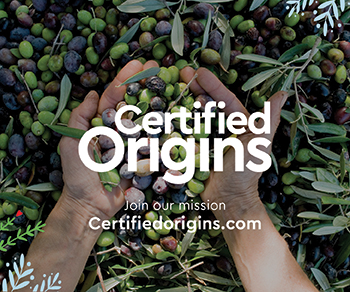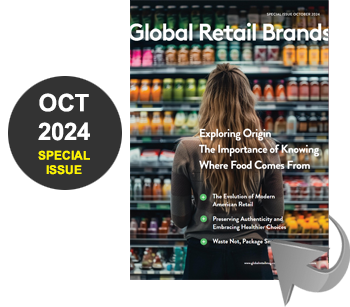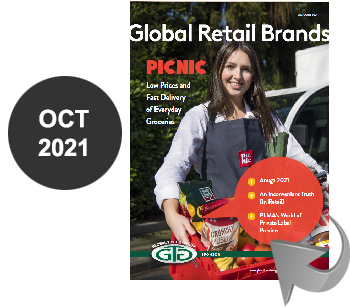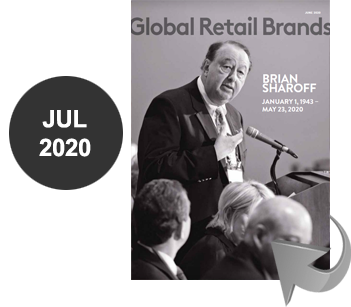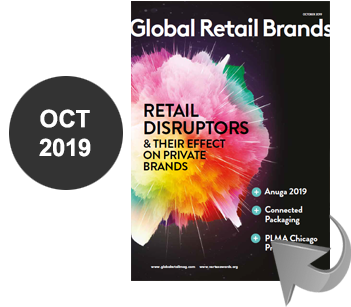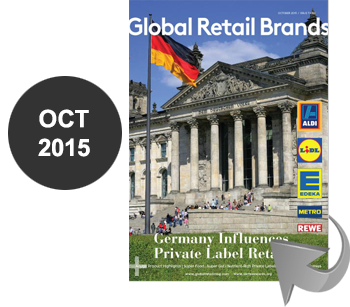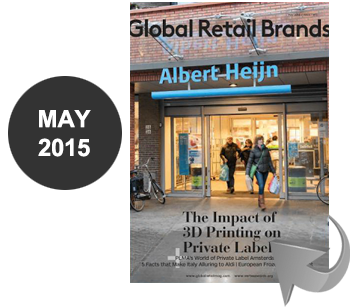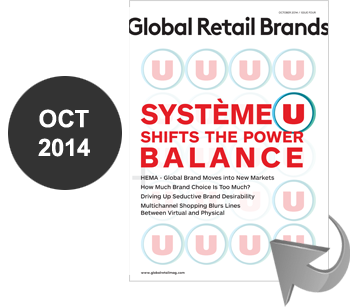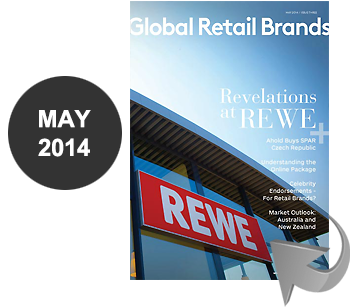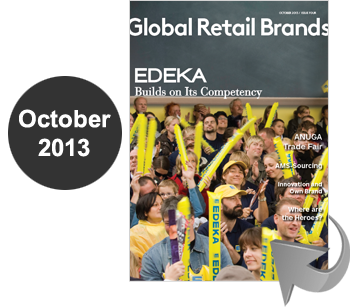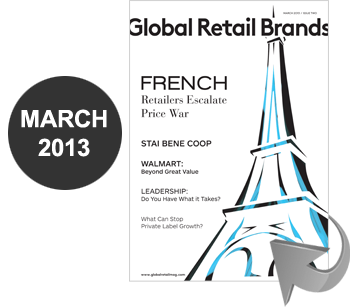 Rachelle Sokan, Client Solutions, Engagement Manager, SGK
Rachelle Sokan, Client Solutions, Engagement Manager, SGK
Wherever my day takes me, I’m always analyzing the customer journey. Whether I’m in the deli line trying to understand why my local grocery store would allow me to wait so long for cheese, or I’m admiring the outstanding journey I experience when purchasing clothing at my favorite upscale clothing store, I never stop thinking about the paths customers follow throughout their daily interactions with brands. So I can’t help but to wonder why more companies don’t focus on the journeys their customers experience when interacting with their products or services.
By uncovering the path your customers follow when they engage with your brand, you’ll gain four valuable insights that can help you build a stronger, more loyal relationship with them.

Walking a Mile in Their Shoes >>
A customer journey is a series of interactions a customer experiences with a company or brand to complete a specific goal, such as making a purchase or learning more about a product. But this journey doesn’t just take place in the store or on a website; it begins before customers interact with your brand, and it continues long afterward as they reflect on the experience they had. A customer journey map is a visual story board that allows us to document and experience this process as a customer might, empathizing with them by “walking in their shoes.” The map lays out the interactions and moments of truth they have with a brand.
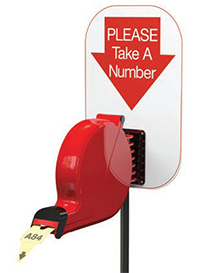 Ideally, this map is constructed using a journey-mapping workshop — a collaborative event involving a diverse group of marketing experts and their customers. The process begins by defining specific archetypal users, known as personas. Your brand may have several different personas, each with different backgrounds and motivations; it’s important to keep each of them and their varying needs in mind. The next step is to determine each persona’s goals and how they go about attaining them. Finally, the workshop members map each possible step of the experience and the personas’ emotional responses to these steps.
Ideally, this map is constructed using a journey-mapping workshop — a collaborative event involving a diverse group of marketing experts and their customers. The process begins by defining specific archetypal users, known as personas. Your brand may have several different personas, each with different backgrounds and motivations; it’s important to keep each of them and their varying needs in mind. The next step is to determine each persona’s goals and how they go about attaining them. Finally, the workshop members map each possible step of the experience and the personas’ emotional responses to these steps.
1. Refine your strategy for engaging customers in a more relevant way
First analyze how customers come into contact with your brand in the first place. Examining this crucial step can uncover opportunities for growth, as well as making your brand easier to discover for new customers. Learning how customers enter the sales funnel can also help you determine whether your resources are being allocated properly and what improvements could be made to attract more potential customers in the future.
Dunkin’ Brands had decades of success reaching customers through traditional methods, but had to update their advertising for modern customers who expect a more customized experience. Through journey mapping, they identified opportunities to reach more customers through focused, tailored communications.1
2. Learn what brand touchpoints they interact with along their journey and how the experience can be improved
Are there moments in your customers’ journeys that you’ve taken for granted? Are there interactions you weren’t even aware of? The process of mapping can highlight touchpoints that haven’t been given sufficient consideration. In addition to helping identify missed opportunities, it can also draw attention to moments in the journey that could be made smoother and more intuitive, improving the experience for your customers. This can also uncover points in the path where customers encounter obstacles that may encourage them to end their journey prematurely.
Because Starbucks learned that their customers are avid users of social platforms, they invested a great deal of attention to their social presence, earning them enormous followings on Facebook, Twitter, and Instagram.2 This gives them a reliable source of feedback from customers, ensuring that their needs are consistently met, as well as a great way of engaging directly with them.
 3. Capitalize on the emotional and business consequences of each of these interactions
3. Capitalize on the emotional and business consequences of each of these interactions
For every touchpoint, there’s an emotional response from the customer with a corresponding implication for your business. Points in the journey that leave customers satisfied and pleased with their interactions are clearly a good sign. But moments that present confusion or frustration must be addressed. The journey can only try a customer’s patience for so long before you’ll lose that customer. Make sure that every interaction with your brand makes it clear to customers that you’ve designed the entire experience with their needs and emotions in mind.
Starbucks’ efforts to map their customers’ journey show how much importance they place on the emotional responses of their customers both during and after their interactions. It’s no coincidence that Starbucks locations are customized based on region, or that baristas call out customers’ orders by first name.2
4. Use a visual storyboard to bring awareness to customer touchpoints throughout the entire interaction and drive improvements
This visual representation of the path your customers take offers an essential tool for measuring the experience and critical steps along their journey — especially aspects of the journey that typically fall outside of your focus. This storyboard is a great resource for discussing, planning, and analyzing steps in the customer journey, as well as acting as an aid to help you develop an improved roadmap for your customers.
The most valuable insights that come from mapping the customers’ journeys are revealed when you apply your customers lens and map their experience with your brand. Every shortcoming and difficulty your customers experience is an opportunity for them to look for another brand that understands what they care about in terms of choosing a product or service.
What do you have to lose? The benefits of better understanding the customer journey are evident. What may be less obvious are the risks a brand runs by neglecting to do so. Failing to give ample thought to your customers’ experiences might make it more difficult to empathize with them and understand any difficulties they may be having with your service or product. This can lead to frustrated and even lost customers. Consumers have come to expect brands to offer an experience that is tailored to their specific needs, and failing to provide this can mean lost market share. Anticipating the needs and potential frustrations of your customers is essential to maintaining their happiness and loyalty to your brand.
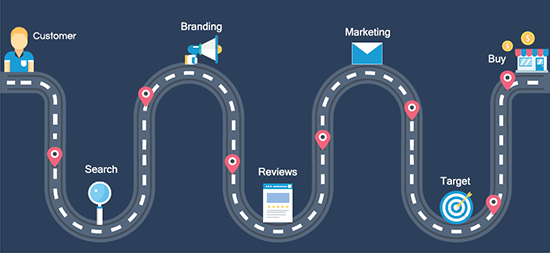
It’s Time to start mapping >>
The case for mapping and seeking to understand your customers’ journeys is clear. Are you ready to optimize your brand’s customer experience and ensure that you remain relevant to your customers?
As SGK’s Client Solutions, Engagement Manager, Rachelle Sokan brings 15+ years of experience in process transformation and digital consulting driving acquisition, retention and growth strategies with B2B customers in the wholesale and distribution industry. Prior to SGK, Rachelle worked at United Stationers on the digital/e-commerce consulting team. www.sgkinc.com
1. “How Dunkin’ Brands brought one-to-one marketing from hype to reality” http://searchsalesforce.techtarget.com/ news/450402129/How-Dunkin-Brands-brought-one-to-onemarketing- from-hype-to-reality
2. “3 Customer Service Lessons From Starbucks” http://www. targetmarketingmag.com/article/3-lessons-starbuck-scustomer- service

